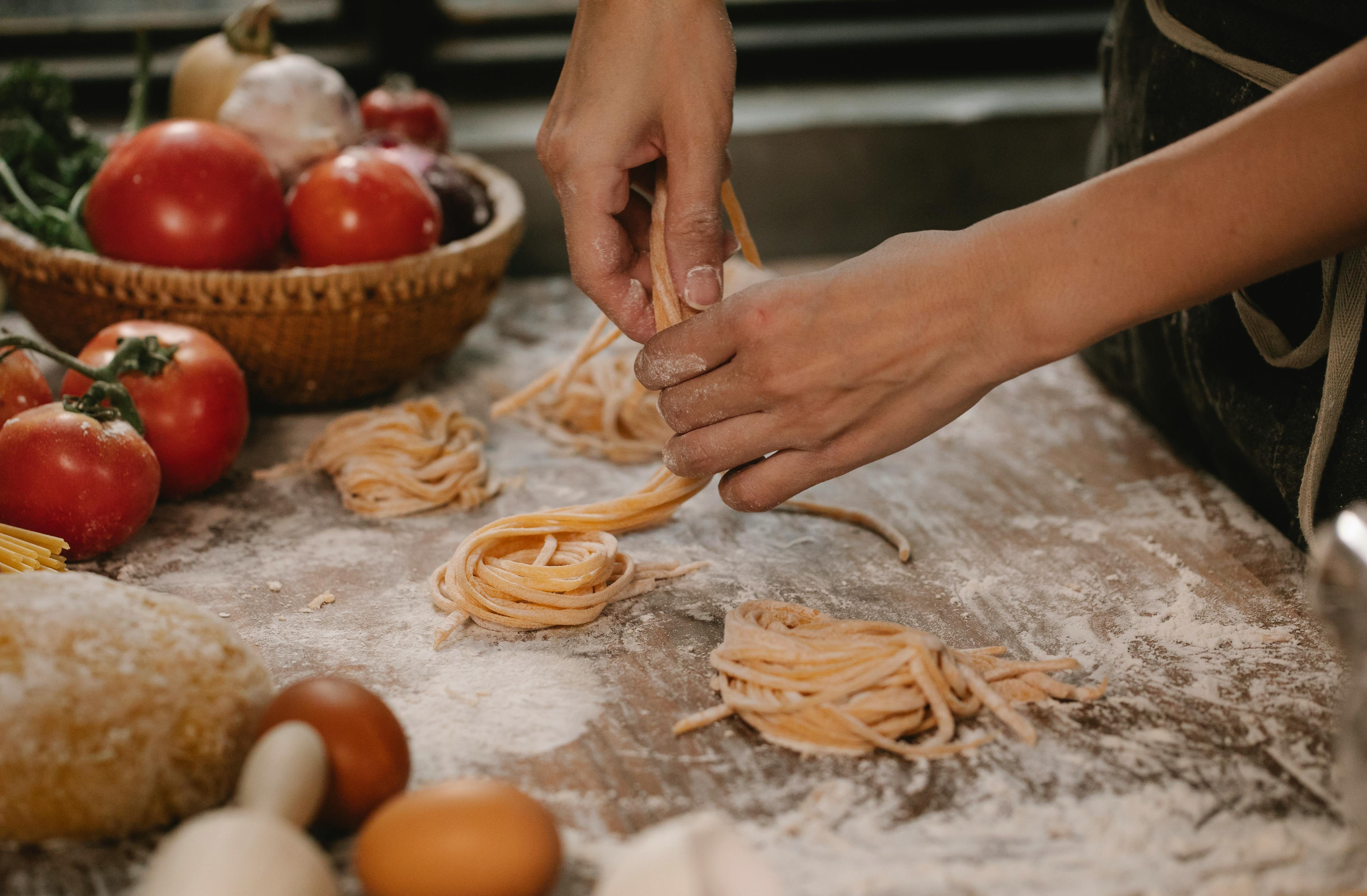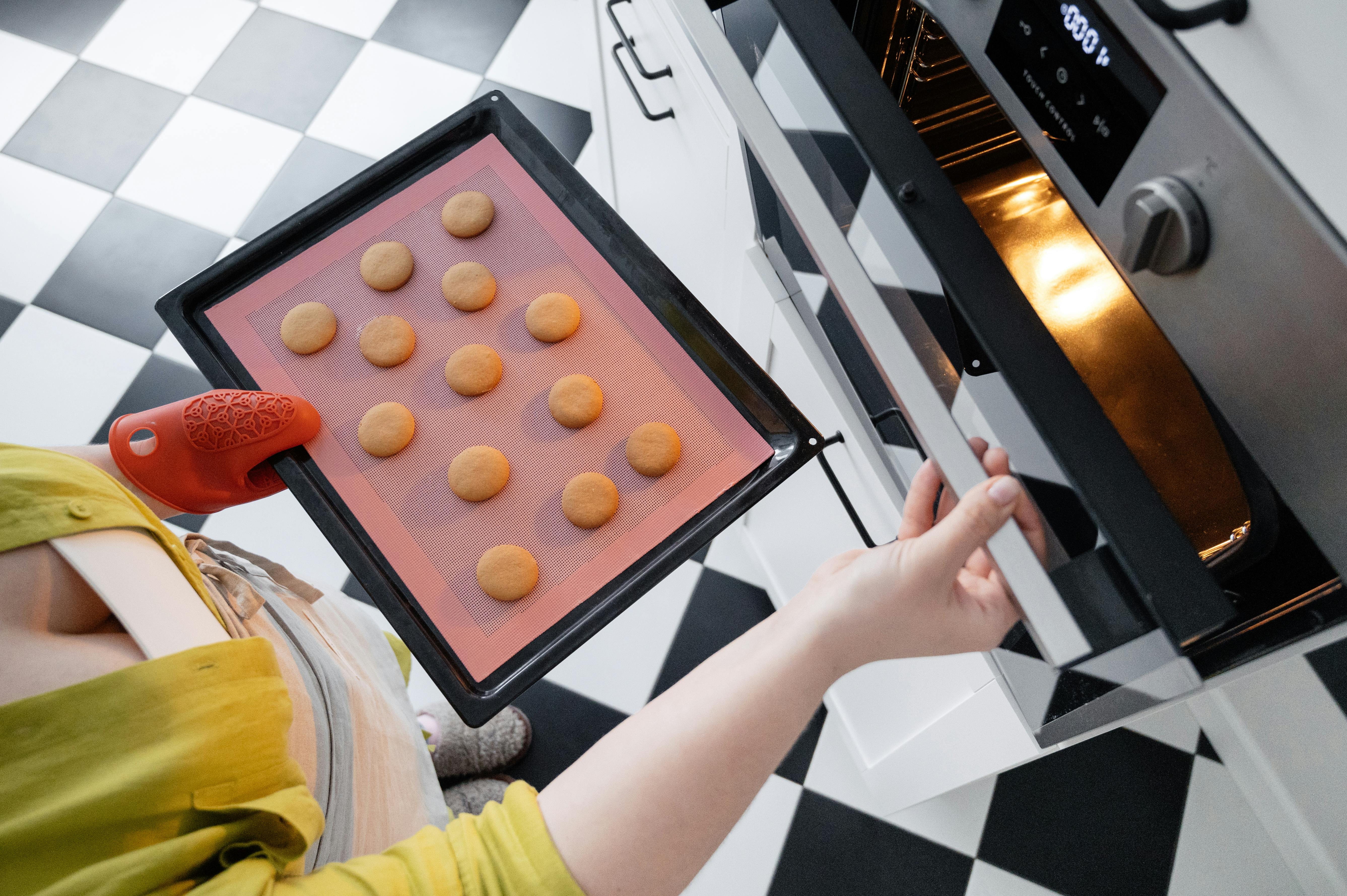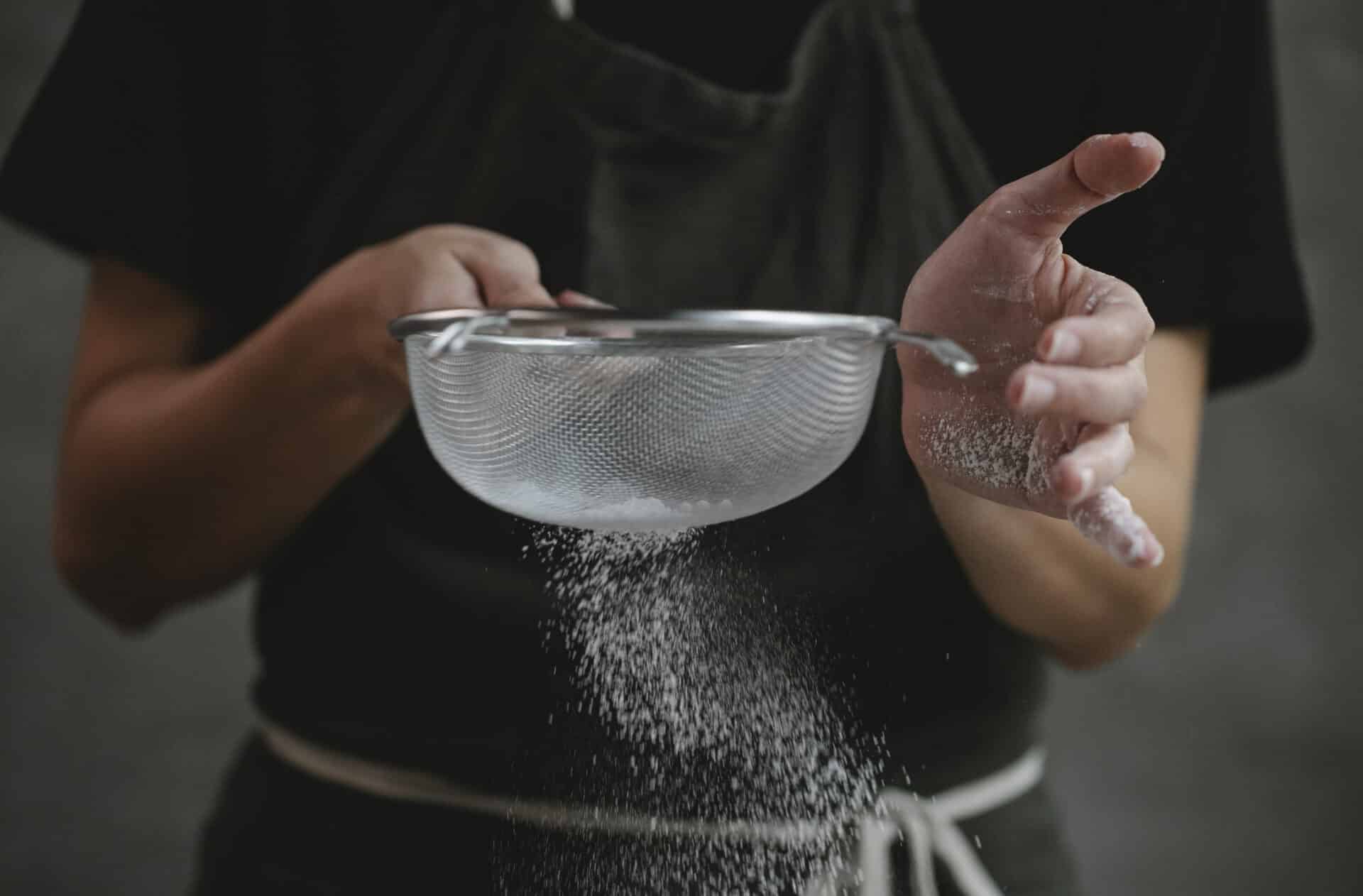Making your own homemade distiller is a great way to produce high-quality distilled spirits. Distilling your own spirits can be a fun and rewarding experience, and with the right supplies and instructions, you can create a distiller that will make great tasting beverages for years to come. In this article, we’ll discuss the materials you’ll need, how to assemble the distiller, and how to operate it safely. With these steps, you’ll be able to make your own homemade distiller and begin producing quality spirits of your own.A homemade distiller is a device used to extract the alcohol from fermented beverages, such as beer or wine, for the purpose of creating a higher proof beverage. It typically consists of a boiling pot, a condenser, and a collection vessel. Heat is applied to the boiling pot to vaporize the alcohol and force it through the condenser where it is cooled and collected in the collection vessel.
Types of Homemade Distillers
Distillation is a process of separating the components of a liquid mixture by heating it and condensing the vapor. It is an effective method for purifying liquids, and many different types of homemade distillers can be used to carry out this process. The most common types are pot stills, reflux stills, and fractional stills.
Pot Stills
Pot stills are the simplest type of homemade distiller and are very easy to build. They consist of a large pot with an attached condenser that collects the vaporized liquid as it cools. The pot is filled with a mash or wort containing the liquid to be distilled, and then heated until vaporization occurs. Pot stills can be used to produce low-proof spirits such as whiskey or vodka.
Reflux Stills
Reflux stills are more complex than pot stills, but they can produce higher-proof spirits in less time. They consist of a column filled with packing materials such as copper mesh or ceramic Raschig rings, which help to increase
Equipment Needed for Making a Homemade Distiller
If you are interested in making your own distilled spirits at home, there are some essential pieces of equipment that you will need. The first and most important piece of equipment is a distillation still. This is the actual vessel or apparatus that will be used to heat the liquid and separate out the alcohol from the rest of the mixture. You can purchase or build your own still with materials like copper, stainless steel, or glass.
Another important piece of equipment that you will need is a thermometer. This will help you to monitor the temperature of your distilling process and ensure that you get the best possible results. You may also want to invest in a hydrometer, which will measure the alcohol content in your distilled spirit.
In addition to these items, you will also need containers to collect both the liquid and gas produced during distillation. These can range from bottles or jars for collecting finished product to larger vessels like carboys for collecting larger amounts of liquid during fermentation. Finally, you may also want to invest in some sort of straining device such as cheesecloth or a sieve to filter out any
Equipment and Supplies
Making a homemade distiller requires several pieces of equipment and supplies. First, you will need a large pot or container with a lid. Next, you will require a heat source, such as a stovetop burner or an electric hot plate. You will also need copper tubing and fittings, silicone tubing, hose clamps, and a thermometer to measure temperatures accurately. Finally, you will need food-grade containers for collecting the distilled alcohol.
Making the Still
Begin by using the copper tubing and fittings to construct the condenser unit of the still. This is what will be used to turn liquid into vapor and then back into liquid again. Make sure all of your connections are tight to prevent any leaking or dripping during the distilling process. Once your condenser unit is complete, attach it to the lid of your pot or container with silicone tubing. Secure it with hose clamps to make sure it stays in place.
Adding Heat Source
Next, you will need to add your heat source to the pot or container
Safety Measures When Making a Homemade Distiller
It is important to take safety precautions when making a homemade distiller. There are several things to consider when constructing and operating a distiller, such as the type of fuel you use, the materials used in the construction of the distiller, and the potential risks of operating it. Here are some safety measures you should take when making a homemade distiller:
1. Use Non-Flammable Fuel: When using a homemade distiller, make sure to use non-flammable fuels such as ethanol or propane. Never use gasoline or kerosene as these can be extremely dangerous and potentially explosive.
2. Choose Appropriate Materials: Make sure that all of the materials you use for your homemade distiller are appropriate for your project. Make sure they are strong enough to bear the weight of any liquids that will be heated in it, and that they won’t corrode or break down when exposed to high temperatures.
3. Use Proper Ventilation: Make sure that there is adequate ventilation in your workspace when using a homemade

The Benefits of Having a Homemade Distiller
Making your own distilled alcohol at home can provide you with a number of benefits. The most important one is the cost savings. Compared to buying store-bought spirits, making your own will be much more affordable in the long run. You may also have access to ingredients that you can’t find in your local liquor store, such as fruits and herbs. Furthermore, it’s an enjoyable hobby that allows you to experiment with different flavors and create unique drinks that are tailored to your taste. With a homemade distiller, you can also have peace of mind knowing that the ingredients you are using are free from any additives or preservatives.
When using a homemade distiller, there is no need to worry about safety issues since it is completely safe and easy to use. The process is simple and straightforward and does not require a lot of specialized knowledge or equipment. Additionally, it’s possible to make a variety of different types of alcohol with just one distiller, including vodka, gin, whiskey, rum, tequila and more. Finally, having your own distiller gives you the freedom to make
Troubleshooting Your Homemade Distiller
If you’ve made your own distiller, you may occasionally run into issues. This can be frustrating, but it doesn’t mean the process has to end. Here are some tips for troubleshooting your homemade distiller:
Check the Temperature
One of the most important aspects of any distilling process is temperature. If your temperature is too low, it can cause a decrease in yield, and if it’s too high, it can cause contamination. Make sure you check the temperature regularly to ensure that everything is running smoothly.
Check the Pressure
In addition to checking the temperature, make sure to check the pressure of your distiller as well. Pressure affects how quickly vapors move through the system and will impact your yield. If you notice that the pressure is too low or too high, adjust it accordingly.
Check for Leaks
Leaking is one of the most common issues with homemade distill
Cooking with Your Homemade Distiller
Making your own liquor at home is a fun and rewarding experience. With your homemade distiller, you can create a variety of delicious cocktails and recipes that will impress your friends and family. Whether you’re looking for a classic mixed drink or something more creative and unique, there are plenty of delicious options to choose from. Here are some recipes to get you started:
The classic Old Fashioned is easy to make with your homemade distiller. Start by adding two ounces of rye whiskey, two dashes of Angostura bitters, one sugar cube, and two ounces of water to a rocks glass over ice. Stir until the sugar cube is dissolved, then garnish with an orange peel.
For a fun twist on the traditional Margarita, mix together one ounce of tequila, one ounce of orange liqueur, one ounce of lime juice, and one teaspoon of sugar in a shaker with ice. Shake vigorously for 30 seconds before straining into an old-fashioned glass over fresh ice. Garnish with a lime wheel for an extra special touch!
<
Conclusion
Making a homemade distiller is a great way to create your own distilled spirits. With the right tools and materials, you can create a functional and effective distiller. You will need to research what type of still to use, as well as the legal requirements of your state or country. Once you have all the components needed, follow the instructions provided in this article for constructing your homemade distiller. With proper maintenance and care, your homemade still should last for many years.
Distilling your own spirits at home is not only fun and rewarding, but it can also save you money over store-bought spirits. As long as you take safety precautions and follow the necessary legal requirements, homemade distilling can be a great addition to any home bar setup.

